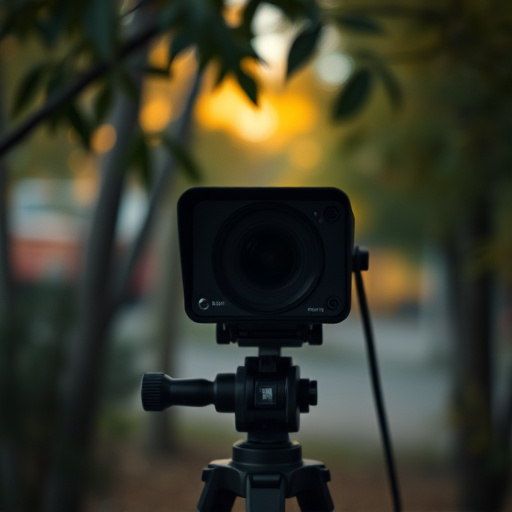The Nanny Cam With Sound Recording offers enhanced surveillance for peace of mind, capturing real-time audio and visual evidence of children's or vulnerable individuals' activities. Advanced scanning technologies like thermal imaging and infrared sensors detect hidden cams, while signal scanning locates unique frequencies to refine security measures in homes, offices, and public spaces. Legal and ethical considerations regarding installation and use are crucial, with many regions having strict regulations and prohibiting unauthorized surveillance in private areas; professionals must obtain consent and respect personal freedoms when employing these technologies.
Hidden recording devices, often referred to as “nanny cams with sound recording” technology, have become increasingly sophisticated. This article delves into the advanced scanning methods used to detect these covert devices, exploring both technical and legal aspects. We’ll guide you through understanding the capabilities of modern nanny cams with sound recording, the latest scanning techniques employed by professionals, and the critical legal and ethical considerations surrounding signal scanning practices.
- Understanding Nanny Cam with Sound Recording Technology
- Advanced Scanning Techniques for Detecting Hidden Devices
- Legal and Ethical Considerations in Signal Scanning
Understanding Nanny Cam with Sound Recording Technology
Advanced Scanning Techniques for Detecting Hidden Devices
In the ever-evolving landscape of privacy and security, advanced scanning techniques play a pivotal role in detecting hidden devices like nanny cams with sound recording capabilities. Beyond traditional visual inspection, professionals now employ sophisticated tools such as thermal imaging cameras and infrared sensors to uncover concealed surveillance equipment. These methods enable them to detect heat signatures and subtle variations that may indicate the presence of hidden devices, even when they are not visible to the naked eye.
Additionally, signal scanning technologies have been refined to pinpoint specific frequencies and signals associated with audio recording devices. By targeting these unique signatures, investigators can identify and locate hidden nanny cams equipped with sound recording features. This precision approach ensures that no trace of covert listening devices goes undetected, enhancing security measures across various settings, including homes, offices, and public spaces.
Legal and Ethical Considerations in Signal Scanning
The use of hidden recording devices, such as a nanny cam with sound recording capabilities, raises significant legal and ethical concerns. In many jurisdictions, the installation and use of such devices are strictly regulated to protect individuals’ privacy rights. Unauthorized surveillance and audio recording in public or private spaces can be considered a breach of privacy and may lead to severe legal consequences. For example, many countries have laws prohibiting the use of hidden cameras in areas where people reasonably expect privacy, like bathrooms or bedrooms.
When employing signal scanning methods to detect these hidden devices, it is crucial to respect ethical boundaries. Professionals involved in this practice must ensure they are operating within legal frameworks and with proper authorization. This includes obtaining consent from individuals who may be recorded, especially in residential settings. Ethical considerations also dictate that the knowledge of any ongoing surveillance should be transparent to avoid infringing on personal freedoms and creating an atmosphere of distrust.
The integration of Nanny Cam with sound recording technology has evolved into a sophisticated art, offering enhanced security solutions. Advanced scanning techniques, combined with legal and ethical awareness, ensure that while these methods detect hidden devices, they also protect individual privacy. As the use of Nanny Cams continues to grow, understanding and adhering to the ethical boundaries surrounding signal scanning is paramount, striking a balance between safety and confidentiality.
